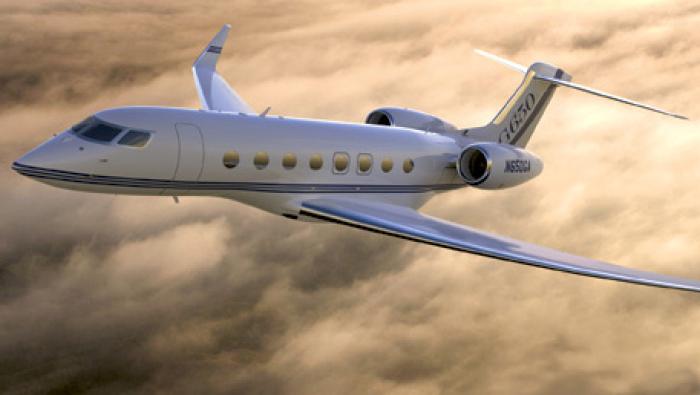Anti-icing surfaces under development at GE and EADS could one day reduce and possibly even eliminate the need for existing anti-icing techniques. Research organizations at the two major aerospace companies are currently working on surfaces that would naturally repel ice without using energy.
At the recent American Physical Society conference in Boston, GE Global Research presented findings on “nanotextured” anti-icing surfaces and coatings. According to the company, these surfaces “dramatically” reduce ice adhesion and delay the onset of ice formation. In simulated atmospheric icing conditions, the delay was measured to be more than one minute.
At GE’s Mechanical Integration & Operability Laboratory in Niskayuna, N.Y., scientists are testing superhydrophobic (super water-repellent) materials these in “novel wind tunnels” that re-create how atmospheric icing occurs. In addition, the materials are subjected to high-speed sand erosion and artificial UV exposure to ensure that they are robust enough for the real world.
A multi-faceted team of chemists, material scientists and aerospace and mechanical engineers has made “substantial progress” toward new coatings that dramatically reduce the adhesion tenacity of atmospherically formed ice and hold up to the rigors of real-world operating conditions. Researchers are also working to create surfaces upon which ice does not form at all, based on similar principles.
GE made it clear these technologies will require further development before they are “durable enough and ready for commercial applications.” There is hope they could one day reduce and possibly even eliminate the need for existing anti-icing techniques. According to the Environmental Protection Agency, 25 million gallons of de-icing agents are applied to aircraft at U.S. commercial airports annually. Today’s aircraft also use energy-intensive pneumatic or electric systems to prevent/remove ice formation on wings and other surfaces.
European Anti-Icing Research
Meanwhile, EADS, which is shooting for the same goal, expects that its improved testing facilities will help it to find ways to minimize or even prevent the build-up and adhesion of ice on airplanes. The aerospace and defense group has inaugurated iCore, its new icing and contamination research facility in Ottobrunn near Munich, Germany. At the core of iCore is a laboratory-scale cryogenic wind tunnel that can re-create icing conditions.
EADS Innovation Works (IW) scientists are studying “coatings and tailored surfaces” to counter the accumulation of ice from supercooled water droplets. These droplets remain liquid below the freezing temperature of water but splatter and become ice as soon as they touch a solid surface.
The coatings are expected to “support the use of new-generation de-icing systems” in more-electric aircraft. The Boeing 787, for example, uses an electric de-icing system, as opposed to conventional systems that use hot bleed air.
In addition, the new facility will help study insect contamination of a wing surface. Insect contamination has no impact on flight efficiency today, but it will if laminar-flow technology currently under development is adopted, EADS IW explained. Minor turbulence could occur due to insect contamination, jeopardizing the goal of fuel savings through turbulence-free airflow.
Test rigs will help researchers better understand the effects of sand and rain erosion on surfaces designed to resist insect contamination or ice accretion.
The new, compact cryogenic wind tunnel will make testing easier. Conventional facilities are typically much larger because of the distance needed to cool the water droplets from their deployment out of a spray bar to their arrival at the test section. The opportunities for testing in such larger tunnels are limited because of the higher operational costs and limited availability of test sessions. Among the EADS facility’s initial focus will be the splash behavior of drops and the crystallization of supercooled droplets.
The EADS research is part of a European project on icing, called Aeromuco. Further testing will involve larger tunnels and eventually flight-tests from Istres in southern France. The effort is not purely European, as an agreement with the Mississippi State University enables EADS IW to use U.S. expertise in computational fluid dynamics to model the impact of supercooled droplets on aerodynamic surfaces in airflow.







